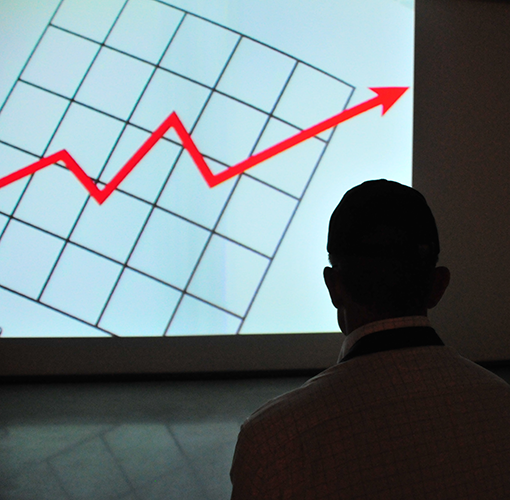The effect of the sharp decline in value across asset classes triggered by the Covid-19 market crash continues to impact different areas of the structured products market.
Shane Carroll, equity derivatives strategist at UBS, discusses the impact of last week’s events on the implied volatility market, and the increased hedging costs and potential losses faced by issuers of autocallable structures as volatility spikes.
What is the problem when indices underlying thousands of structured products such as the Eurostoxx and the Nikkei approach their ‘peak vega’ level as it has happened recently?
Shane Carroll: Initially, when a product is issued, dealers are long vega and become longer vega as the underlying spot falls until it reaches a peak which is usually around 20 to 25% below issuing spot levels (depending on the structure). To hedge their vega exposures, dealers are forced to sell volatility initially, often through out-of-the-money put options. Once the spot passes the peak, however, dealers need to buy back volatility.
The issue with autocall vega is that you have knock out on the upside, which changes the vega profile in a way that makes it harder to hedge and, when spot vol goes down, the duration changes as well. That means if the spot goes down the vol that you need to hedge is going to change. Initially, when the spot moves down it involves selling shorter-dated vol and then when it goes further down you start to buy longer-dated vol back.
What is different compared to previous market crashes?
Shane Carroll: This time has all been about the speed of the sell-off, for Korean issuance in particular. The speed of the sell-off obviously makes it harder to hedge but on the other hand we almost went straight to peak vega on a lot of these products, and with the spot not stopping and giving time for dealers to hedge and rebalance the books, it made things slightly easier to a certain extent. It meant that they stayed longer vega at the peak compared to other scenarios.
For example, when the spot initially sells off, they go long vega and the natural inclination is to sell that. This time the markets were so volatile and moved so quickly that they did not have the opportunity to sell. This made things slightly easier for them than they would have experienced otherwise. If we had a market going down about 20%, staying there, dealers re-hedging their books by selling long vol, and then had a further crash, and the vol picking up like it has, that would potentially have been even harder for the dealers.
What is the main challenge in the current environment?
Shane Carroll: The issue at the moment is the complete lack of liquidity. We see that in the spot and the vol markets. Because vols are moving around so much there is not as much visibility on where the pricing is. This makes it hard to carry out transactions which is impacting spreads. Dealers trying to manage their books contribute to a very volatile market - having to buy back vol when there is very little liquidity in the market is contributing to large moves in long-dated vol.
Is the number of autocalls out there exacerbating these issues?
Shane Carroll: The number of outstanding autocalls is not significantly different to previous years and if anything, the spot rally on Nikkei ahead of the sell-off helped clear out some legacy structures which reduced overall exposure. Some of the bigger pressure comes from the pace of the spot move and reduced liquidity. At the same time, we are seeing unwinds on long Asia vol from the hedge fund community which is helping to offset some of the dealer buying pressure.
What are the lessons from 2015?
Shane Carroll: Since 2015, dealers have been overall more cautious when it comes to managing the risk in their books. Obviously, those who were more aggressive in their risk appetite to win mandates got hit but a lot of dealers have toned that down and are being more prudent in managing their risks.
The increase in hedging costs at the end of the day is part of the market – it can happen when you have moves this big in the market. Even if dealers are better set up there’s going to be losses in this type of environment. Some of the swings we have seen are bigger than in 2008 and far bigger than what we had in 2015. Anybody trying to hedge and operate in this market is going to find it very difficult, especially if you have to hedge and execute given the low liquidity and the spreads. You will be paying in terms of bid-offer.
Picture credit: Frank Busch (Unsplash)
